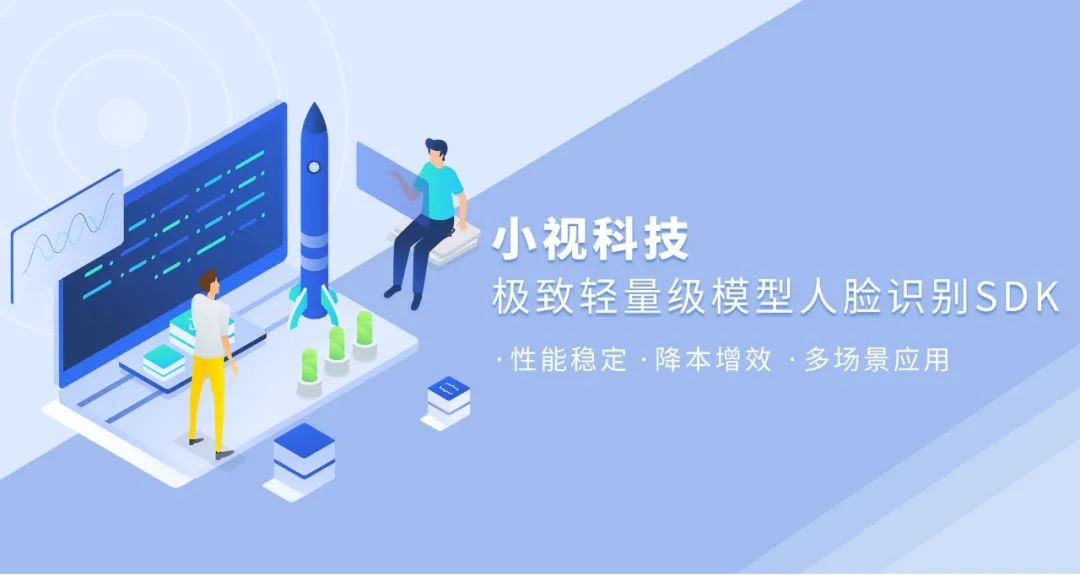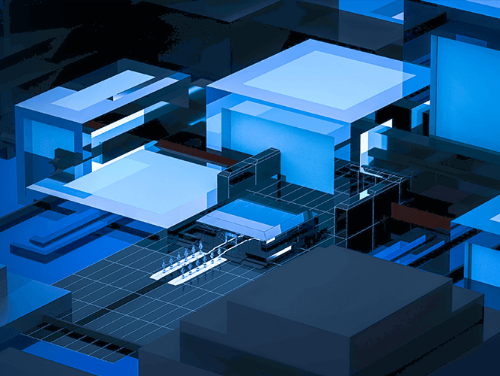Recently, Minivision Technology officially released a customized solution - the Extreme Lightweight Model Face Recognition SDK, which is designed specifically for low computing power devices (such as those using chips such as A7 and A9), aiming to maintain the recognition accuracy and speed of low computing power device face recognition.

The extremely lightweight model released this time has a pass rate of 99.9% for silent living organisms and an accuracy of face recognition, both of which have stable performance in various scenarios. The highlight is not only limited to the large base capacity of 2000 people and a success rate of less than one in 100000 silent live attacks, but also the speed of millisecond level live detection and face recognition. As is well known, the quality of the basic model design greatly affects the accuracy of the entire system, and also determines the computational complexity and cost of the entire model. How to design a model structure with high accuracy, speed, and cost-effectiveness when the computing power of the device is limited has become a major research focus at present. Lightweight architecture is a direct approach, and its essence is to design a lightweight model that can accomplish the corresponding target tasks. However, due to the decrease in computational complexity, the accuracy of the model is bound to decrease. Therefore, for lightweight model design, how to achieve the highest possible representation ability of the model under limited computational complexity has become the core problem that this approach aims to solve.

Minivision Technology's ultimate lightweight model design draws inspiration from mainstream lightweight networks such as MobileFaceNet's packet convolutional structure, ShuffleNetV2's channel Shuffle structure, and GhostNet's Ghost module. It combines Attention mechanism to search for network structure, achieving a good balance between network size and model accuracy for low computing power devices such as A7 and A9.
In addition to network structure search, the application of pruning technology in the model has also achieved significant results: redundant parameters in the large model have been removed, reducing the magnitude of the model. At the same time, there is minimal loss in the accuracy of the model. The final model is only 8M, but it is very accurate. In addition, the application of knowledge distillation during the training process of the model further improves the accuracy of the lightweight model. Figure: The model structure after pruning has been "slimmed down"

Minivision technology's ultimate lightweight model can be widely applied in business scenarios such as smart police, smart hotels, smart offices, and smart homes. Functionally, it supports 1:1 ID verification and 1: N facial recognition, meeting various intelligent applications such as handheld identity verification devices, facial access control devices, self-service terminal devices, visitor devices, and facial intelligent door locks. In use, Xiaoshi Technology's ultra lightweight model not only perfectly adapts to low configuration chips, but also utilizes old devices to upgrade face recognition capabilities to reduce costs and increase efficiency for enterprises.

The researchers of the Minivision Technology project stated that our original intention was to propose new models that are more intelligent and efficient. Breaking through the limitations of computing power through technical means such as model network structure design, pruning, and distillation; Use more moderate hardware to break through AI boundaries, embrace AI, and provide new possibilities!













